Get the weekly SPARTANAT newsletter.
Your bonus: the free E-Book from SPARTANAT.
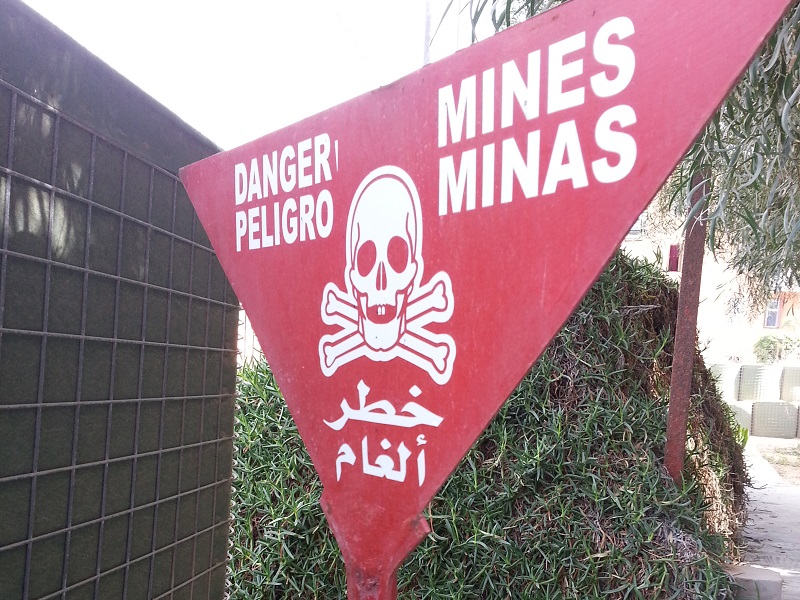
MILITARY OBSERVER WESTERN SAHARA: Mines and remnants of war.
The Western Sahara is one of the most landmine-contaminated areas globally, with hundreds of thousands of mines present. Military observers face challenges in documenting ammunition finds and overseeing detonations, all while civilians suffer the consequences of these deadly relics.
Carsten Dombrowski - here is the homepage of his CAPSARIUS ACADEMY, which delivers the excellent "Callsign Doc" newsletter - was deployed as a military observer of the German Bundeswehr in the Western Sahara. Today, an explosive topic from the area of deployment:
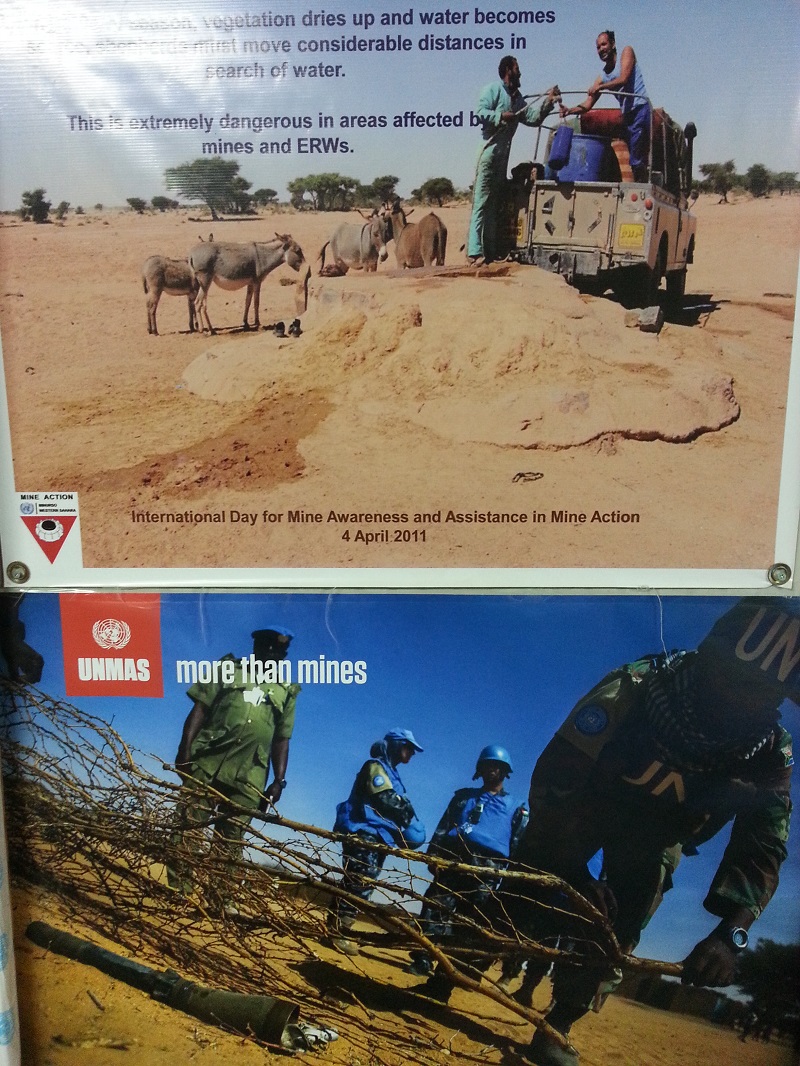
The Western Sahara - specifically the area around the Berm, a approximately 2700 km long sand wall separating the two conflicting parties - is one of the most landmine-contaminated spots on this planet. Along this Berm alone, there are estimated to be several hundred thousand anti-personnel mines.
In addition, almost all known types of mines are buried in the desert sand, including anti-tank mines.
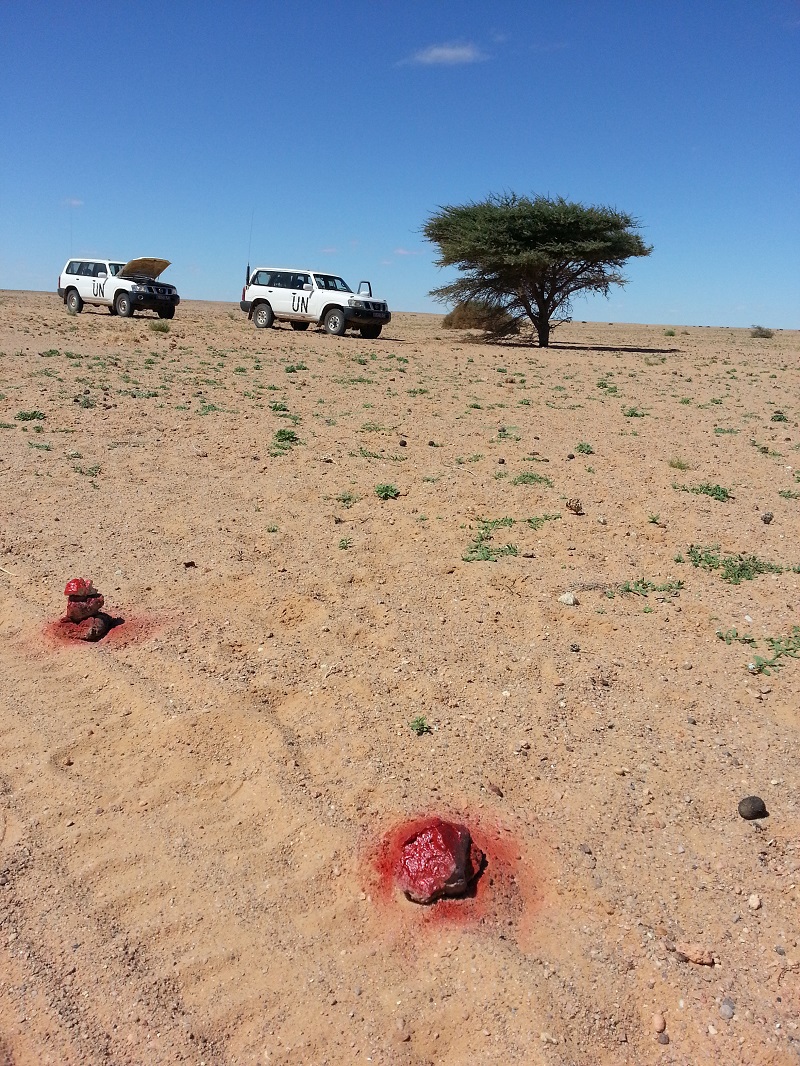
"Never leave the track" is a serious warning. Due to sandstorms and difficult GPS navigation, patrols often come very close to these dangers.
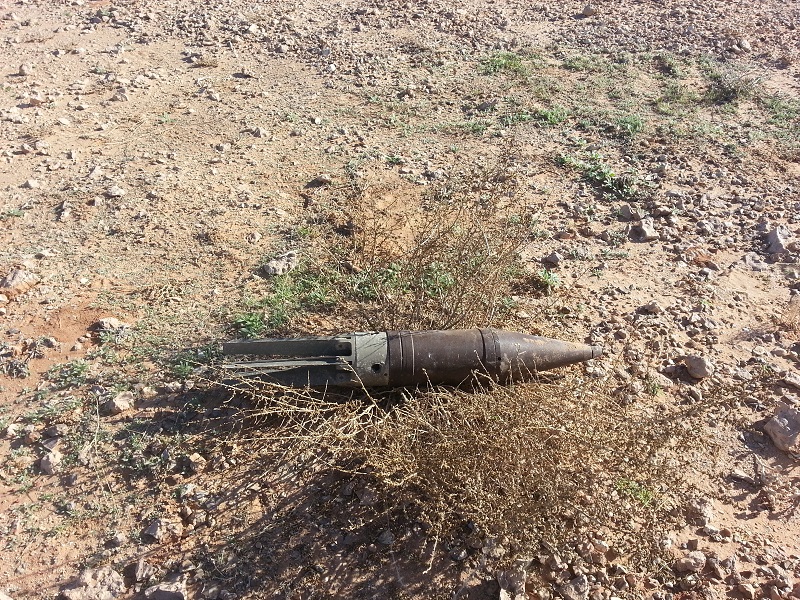
If the mine problem was not dangerous enough already, ammunition remnants from the decades-long conflict further complement this array of deadly relics from a bloody guerrilla war. Almost every trip into the desert reveals remnants of the war along the sand tracks. Shell casings, cartridges, projectile heads, and more.
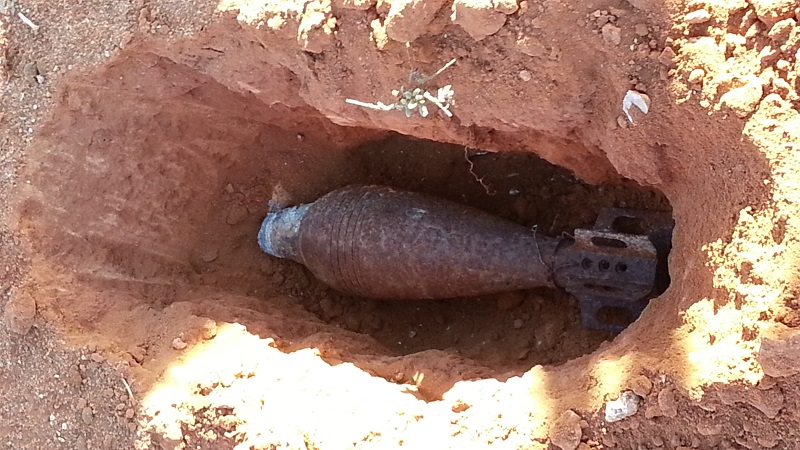
The task of UN military observers in this mission is very complex in this regard.
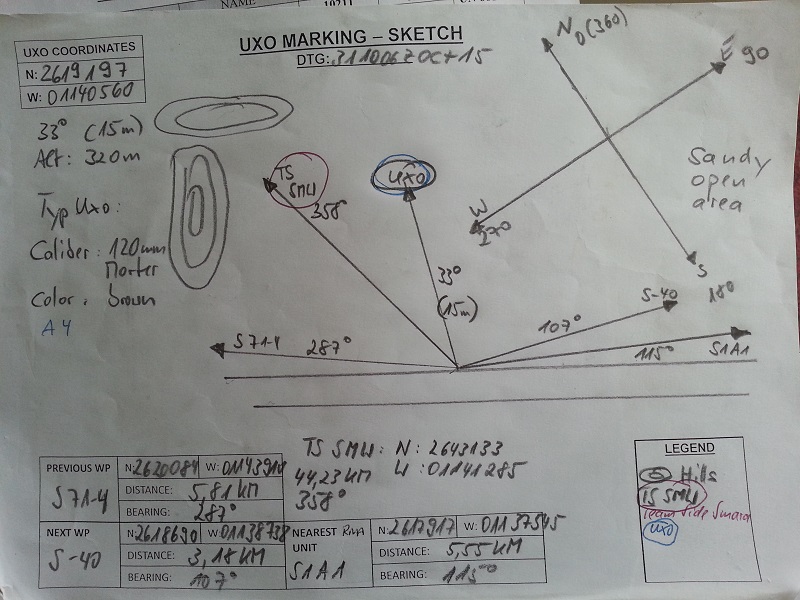
On the one hand, they must document identified ammunition finds and report them to the respective military party so that they can eliminate the source of danger through mine clearance teams. Since such finds occur almost daily and resources are rather limited on the eastern side of the Berm, where the Frente Polisario has control, it is not surprising that reports often have to be made multiple times before any action is taken at all. On the side where the Moroccan Army takes on this task, things happen a bit faster, but a residual risk always remains. With a clearance rate of about 70 percent, an area is considered cleared.
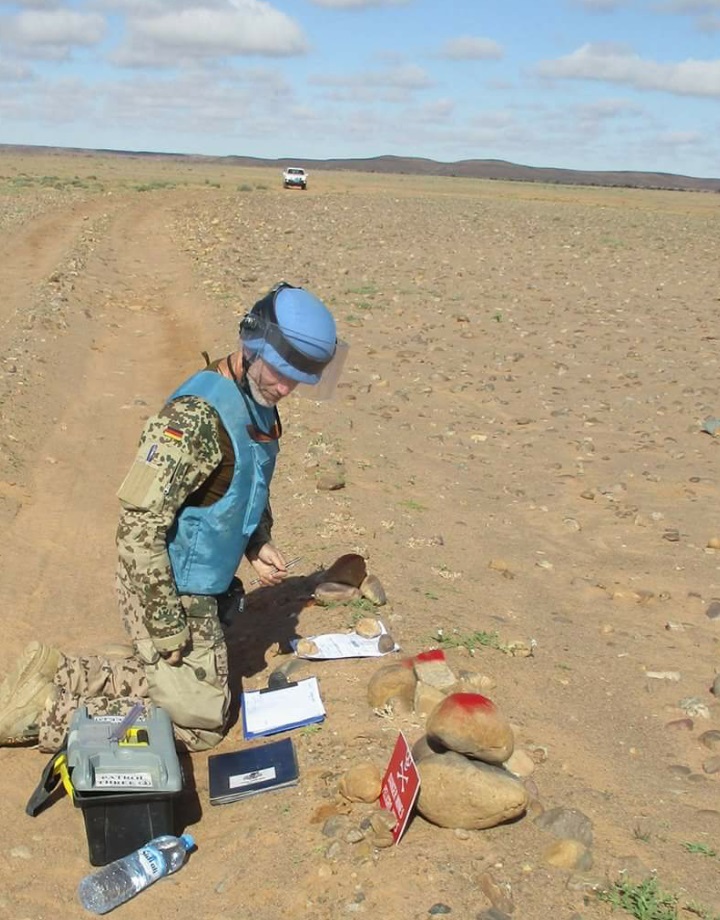
Another task for the peacekeepers is to monitor the detonation, i.e. the destruction, of such unexploded ordnance or UXO. This happens about 1 to 2 times a week.
After photo documentation and report on the ammunition part to be detonated, the detonation is observed from a safe distance.
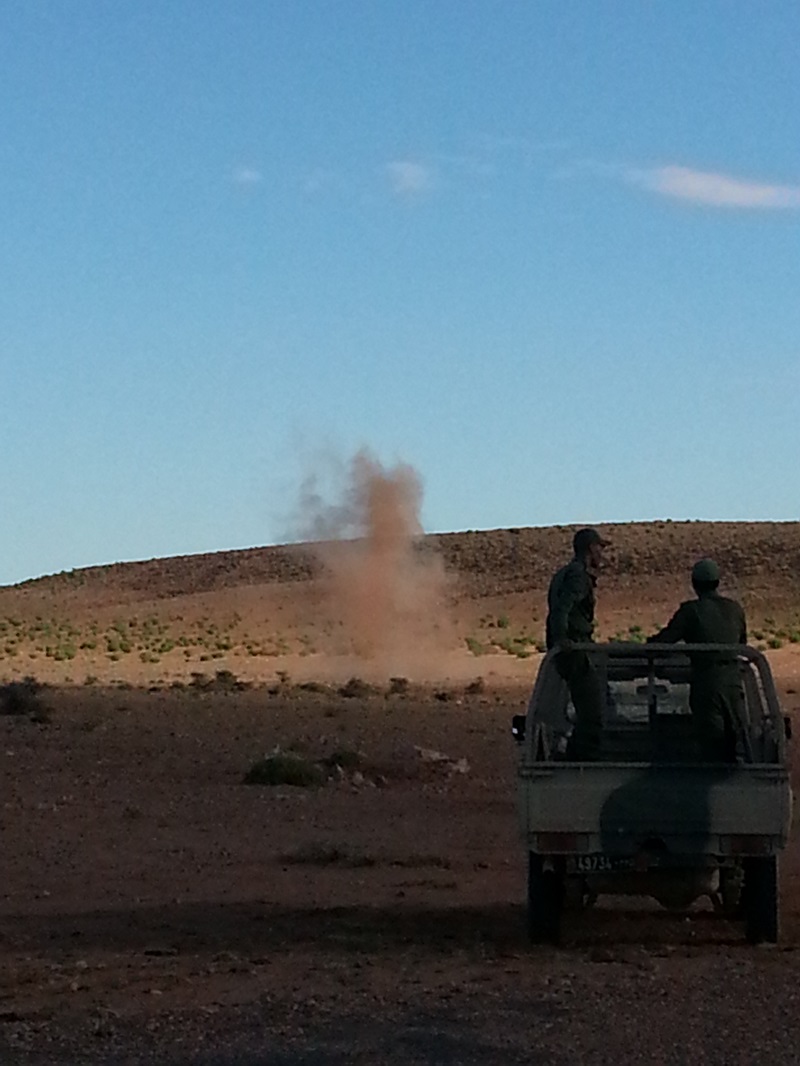
Unfortunately, in this conflict, the civilian population pays the highest price. Annually, about eight to ten people, mostly nomads, are killed by these mines or UXO, with another number severely injured.
Military observer in Western Sahara - for further reading:
Part 1: The Selection
Part 2: The Training
Part 3: Helipatrol and fake tanks
Part 4: In the land of the Puszta and Magyars
Part 5: When German Soldiers Go Travelling
Part 6: Following the dust
Part 7: Papa Lima with the Desert Hawks
Part 8: Air Patrol - viewing the desert from above
Questions? Contact the CAPSARIUS ACADEMY at our [email protected] with the subject "Morocco".
Those who want to receive the Capsarius Academy newsletter exclusively and automatically must sign up HERE. CALLSIGN DOC will then arrive by email. Old issues available in the archive.
CAPSARIUS ACADEMY online: www.capsarius-akademie.com
SPARTANAT is the online magazine for Military News, Tactical Life, Gear & Reviews.
Send us your news: [email protected]
Ad
similar
Get the weekly SPARTANAT newsletter.
Your bonus: the free E-Book from SPARTANAT.


